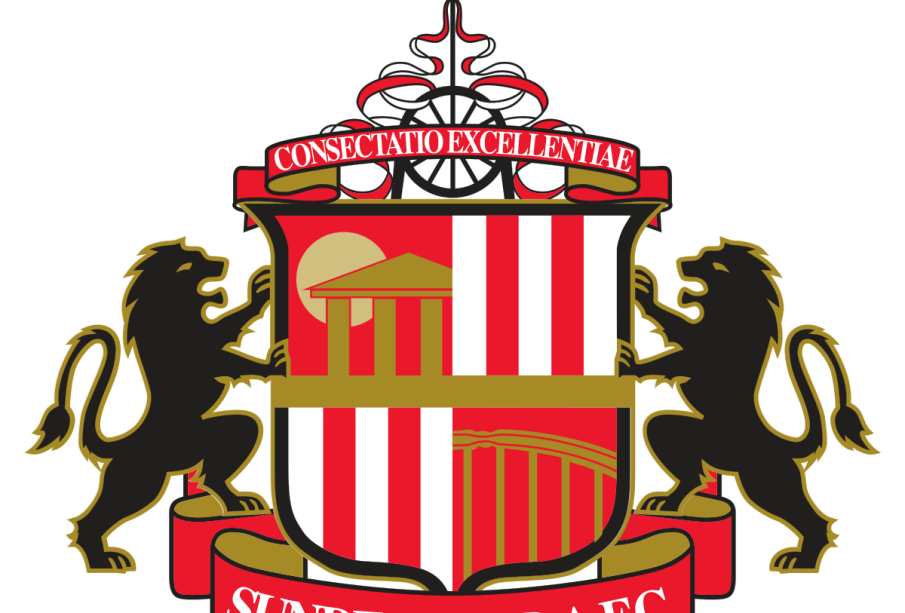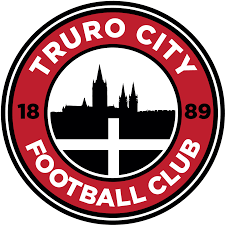The Legacy and Future of Sunderland AFC

Introduction
Sunderland AFC, founded in 1879, is one of the oldest and most storied football clubs in England. Based in the city of Sunderland, Tyne and Wear, the club has a rich history that includes multiple league titles, passionate supporters, and a vibrant community. The significance of Sunderland AFC extends beyond football as it represents pride and identity for the people of Sunderland and surrounding areas. As the club continues to navigate the complexities of modern football, its past and future remain closely intertwined.
Recent Developments
In the most recent seasons, Sunderland AFC has experienced a rollercoaster ride in their league journey. After suffering relegation to League One in 2018, the Black Cats struggled to regain their status in the Football League Championship. However, significant changes in management and player recruitment have revived the club’s fortunes. In the 2021-2022 season, Sunderland earned promotion back to the Championship, sparking hope and excitement amongst their loyal fanbase.
This season, Sunderland has shown promise under the guidance of manager Tony Mowbray, who prioritises youth development and a proactive style of play. The club has invested in its academy, aiming to develop local talents who can contribute to the first team. With the likes of young talents such as Dan Neil and Jack Clarke making an impact, Sunderland’s future appears bright as they work to re-establish themselves as a competitive force in English football.
Fan Culture and Community Engagement
The fan culture at Sunderland AFC is one of deep-rooted passion and loyalty. Known for their unwavering support, the Sunderland supporters, frequently referred to as the ‘Black Cats’, create an electric atmosphere at the Stadium of Light. Matchdays are considered a communal event, with fans gathering not only to watch their team but to connect and celebrate with fellow supporters.
Moreover, the club’s commitment to community engagement is notable. Initiatives such as partnerships with local schools and charities showcase Sunderland’s efforts to give back to its roots, fostering a sense of belonging and pride that extends beyond the pitch.
Conclusion
As Sunderland AFC continues to build on its storied history, the club’s current trajectory invites optimism. While challenges remain in the highly competitive Championship, FAN initiatives and youth development bode well for the future. For fans and followers of Sunderland, the ongoing narrative of their favourite team is not just about football; it represents hope, resilience, and community spirit. The Black Cats aim to reclaim their place in the upper echelons of English football, with their rich legacy guiding them on this exciting journey.









